What Are the Green Pills Beth Takes In 'The Queen's Gambit'?
They're certainly not vitamins, that's for sure.


Warning: This story contains spoilers for The Queen's Gambit. Drug addiction is not a new concept in prestige television, but Beth Harmon's substance abuse in Netflix's new miniseries The Queen's Gambit does look rather different from that of her peers in similarly gritty shows. For one thing, the chess prodigy's habit is kickstarted in her childhood due to the orphanage she is sent to after her mother's death; every day, the orphanage's residents line up to receive their "vitamins"—two pills, one red and one green. For another, throughout much of the series, the drugs seemingly help, rather than hurt, Beth's pursuit to become a chess grandmaster by "clearing her head" and allowing her to map out entire games on the ceiling of her room.
It doesn't take long for Beth (played in her youth by Isla Johnston) to get hooked on the green pills, which are eventually revealed to be tranquilizers. And while it seems that Beth's addiction will end with the laissez-faire attitude that allowed orphanages to drug their wards—barring her last-ditch effort to break into the medicine room to swallow as many of the leftover, now-illegal pills as possible—they reappear several years later. Beth's adoptive mother (Marielle Heller) relies on the drug, which she refers to as her "tranquility medicine," to deal with the stresses of her unfulfilled dreams and failing marriage. Beth, now played by Anya Taylor-Joy, quickly begins siphoning out handfuls of the pills to keep for herself, plunging her immediately back into the throes of addiction.
So, what exactly are these orphanage- and mom-approved pills? Here's everything we know about the "green pills" in The Queen's Gambit.
Are the green "tranquility" pills real?
In the show, the pills are called Xanzolam, which is not a real drug. However, as Newsweek reports, Xanzolam bears many striking similarities to chlordiazepoxide, a benzodiazepine that was marketed as Librium. It became hugely popular in the 1960s, when The Queen's Gambit is set, and was packaged in two-toned green capsules similar to Xanzolam; in fact, at one point, when Beth is in Mexico City for a chess tournament and has run out of Xanzolam, she is given Librium at a local pharmacy. After being patented in 1958 and approved for medical use in 1960, Librium was prescribed liberally as a cure for anxiety, insomnia, and withdrawal symptoms. This widespread usage came to a head in the mid-1970s, when the DEA instated stricter regulations for Librium due to its overprescription and high potential for misuse.
These early tranquilizers were reportedly heavily marketed to young women and housewives who were physically healthy but, likely due to a sense of dissatisfaction with their positions in mid-20th century America, were struggling to cope mentally. Rather than supporting them in, oh, I don't know, securing financial independence or pursuing high-status careers outside of the home, physicians at the time instead offered them bottle after bottle of sedatives. Tomayto, tomahto.
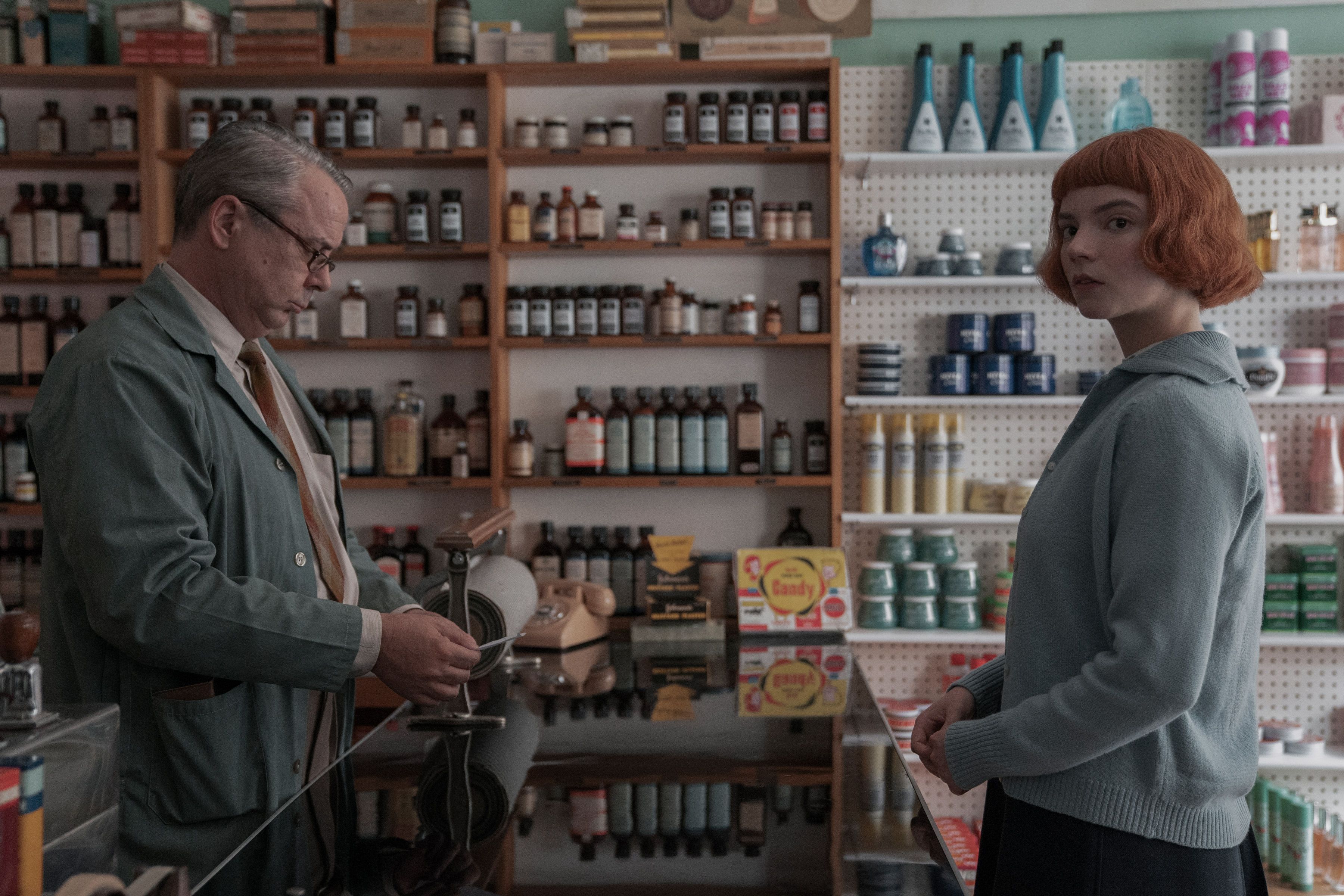
Where did the idea for Beth's addiction come from?
Walter Tevis, who wrote the 1983 novel on which the Netflix series is based, drew on many of his own experiences and relationships to build Beth's world, from his time as an amateur chess player to the many "brainy women" in his life. Beth's addiction to Xanzolam was no different. In an interview with The New York Times in 1983, Tevis described how writing about Beth's substance abuse helped him address his own experiences with drug use.
"When I was young, I was diagnosed as having a rheumatic heart and given heavy drug doses in a hospital. That's where Beth's drug dependency comes from in the novel," Tevis said. "Writing about her was purgative. There was some pain—I did a lot of dreaming while writing that part of the story. But artistically, I didn't allow myself to be self-indulgent."
Stay In The Know
Get exclusive access to fashion and beauty trends, hot-off-the-press celebrity news, and more.
Additionally, benzodiazepine addiction became hugely widespread in the mid-20th century, even as scientists failed to identify their addictive properties until years after their debut, when dependence and overprescription were already rampant. Per the American Addiction Centers, "As with many drugs that have psychoactive effects, people quickly began to note the euphoria that resulted from taking these common medicines. ... Whether through this recreational abuse or through abusing the drugs for their treatment effects, benzos have the potential to cause tolerance, dependence, and addiction."
Did orphanages really drug children?
Sadly, yes. A 2018 report from BuzzFeed News alleged that among the abuses of many orphanages in the U.S. and Canada throughout the middle of the 20th century was the common use of intravenous sedatives to keep children calm. Additionally, several reports released in the last few years have found that orphanages in countries including Russia, Ukraine, and Romania have used powerful drugs to sedate their wards for many decades past the point in The Queen's Gambit in which Beth's Kentucky orphanage is ordered to stop doing so.
And as recently as 2018, a federal judge confirmed that government officials had been forcibly injecting tranquilizers into migrant children being held at the border in facilities as family separations continue. The judge ordered the officials to stop administering the psychotropic drugs without parental consent, except in emergency cases.
RELATED STORIES

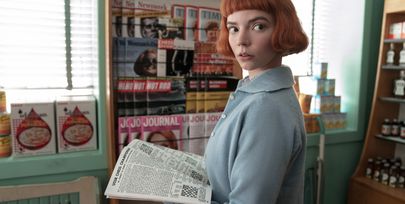
Andrea Park is a Chicago-based writer and reporter with a near-encyclopedic knowledge of the extended Kardashian-Jenner kingdom, early 2000s rom-coms and celebrity book club selections. She graduated from the Columbia School of Journalism in 2017 and has also written for W, Brides, Glamour, Women's Health, People and more.
-
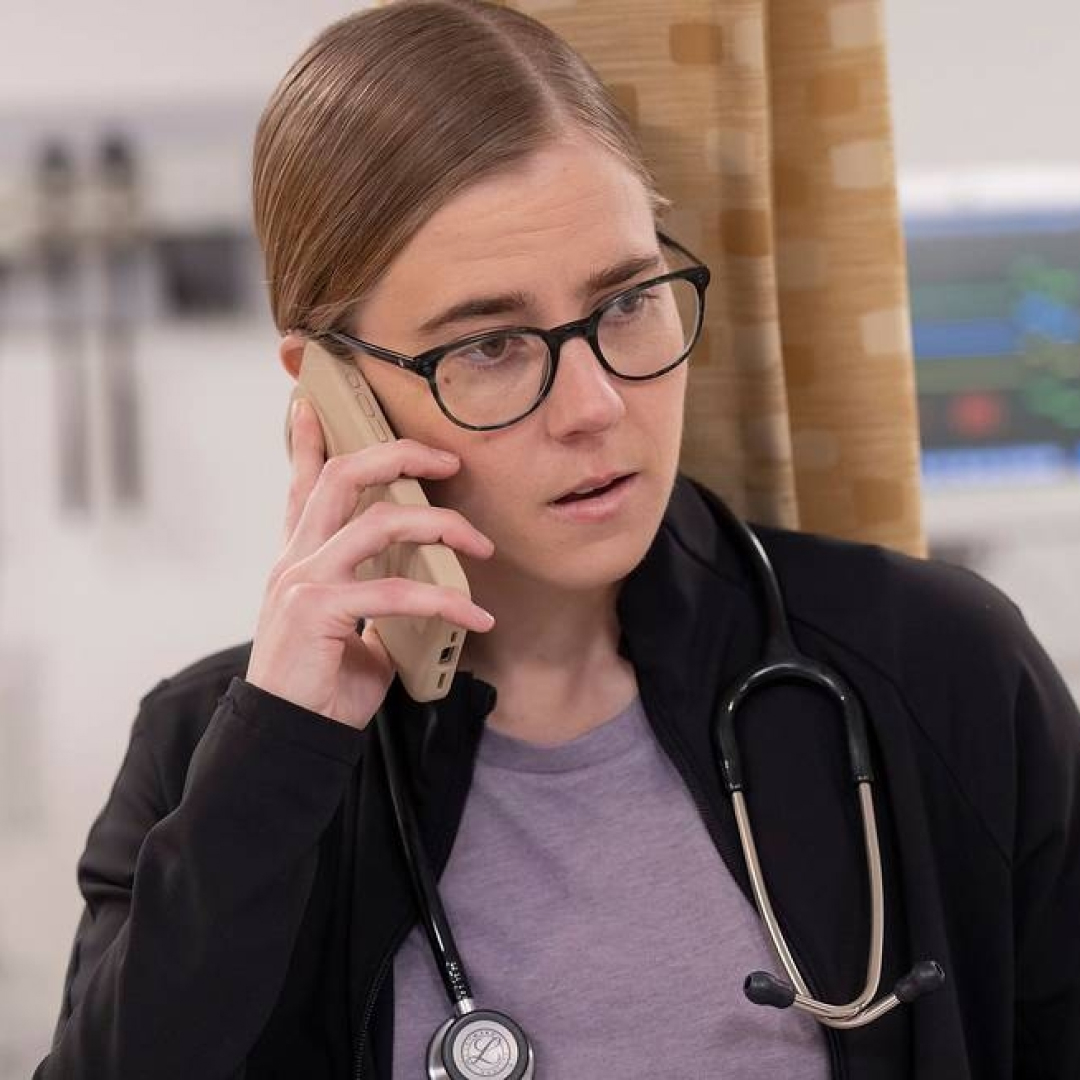 'The Pitt' Star Taylor Dearden Says She Sees Her and Dr. Mel's Neurodivergence as "a Superpower"
'The Pitt' Star Taylor Dearden Says She Sees Her and Dr. Mel's Neurodivergence as "a Superpower"Here's what to know about the Max series's breakout star, who just so happens to come from TV royalty.
By Quinci LeGardye Published
-
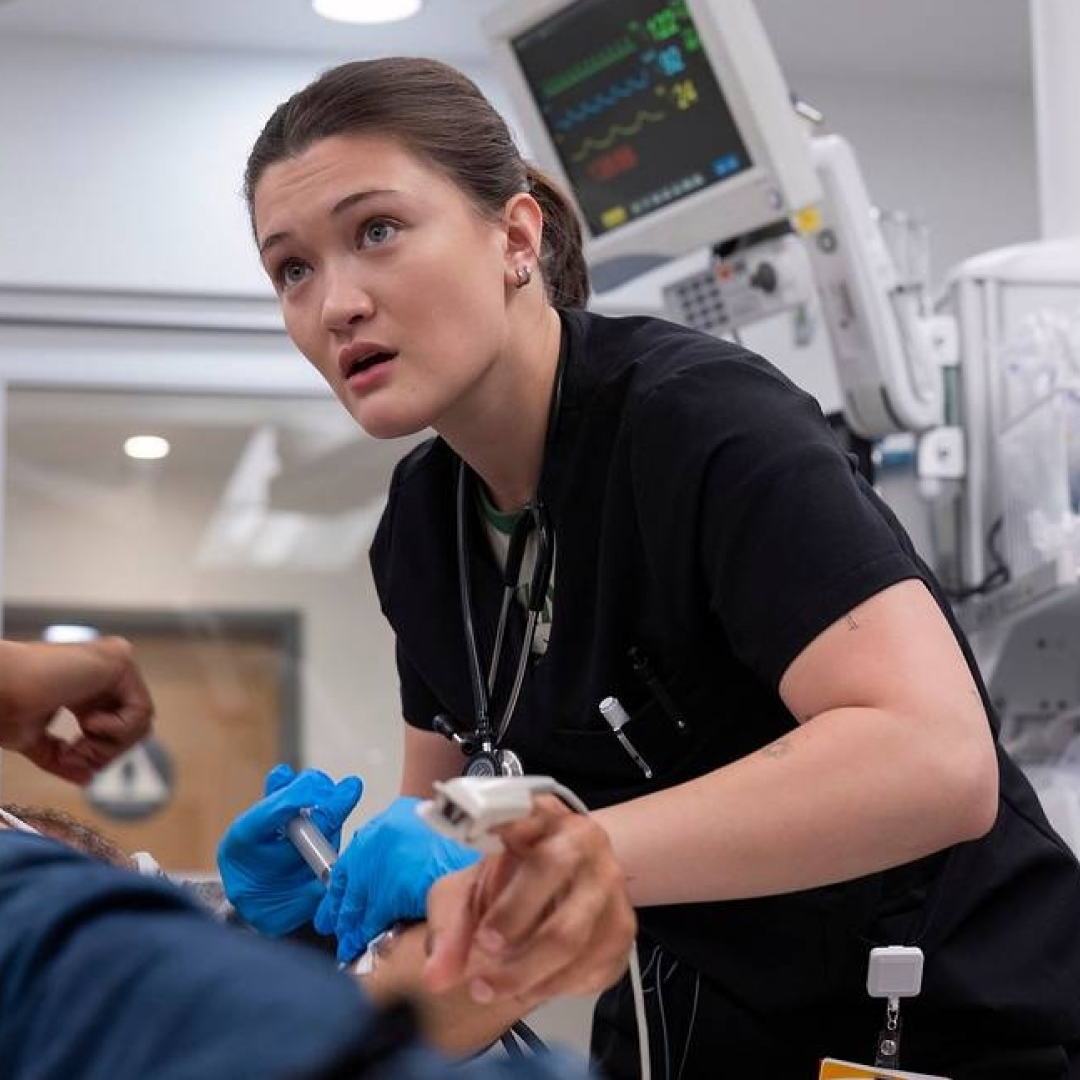 We Owe Trinity Santos From 'The Pitt' an Apology
We Owe Trinity Santos From 'The Pitt' an ApologyThe season finale of the smash Max series proved that the most unlikable character on TV may just be the hero we all need.
By Jessica Toomer Published
-
 Your Guide to the Cast of 'Got to Get Out,' Which Pits Reality TV Alums Against Each Other for a Chance at $1 Million
Your Guide to the Cast of 'Got to Get Out,' Which Pits Reality TV Alums Against Each Other for a Chance at $1 MillionHulu's answer to 'The Traitors' is here.
By Quinci LeGardye Published
-
 Where Are the Members of The Squad From 'Bad Influence: The Dark Side of Kidfluencing' Now?
Where Are the Members of The Squad From 'Bad Influence: The Dark Side of Kidfluencing' Now?The names in the Netflix docuseries have fallen out of touch with subject Piper Rockelle.
By Quinci LeGardye Published
-
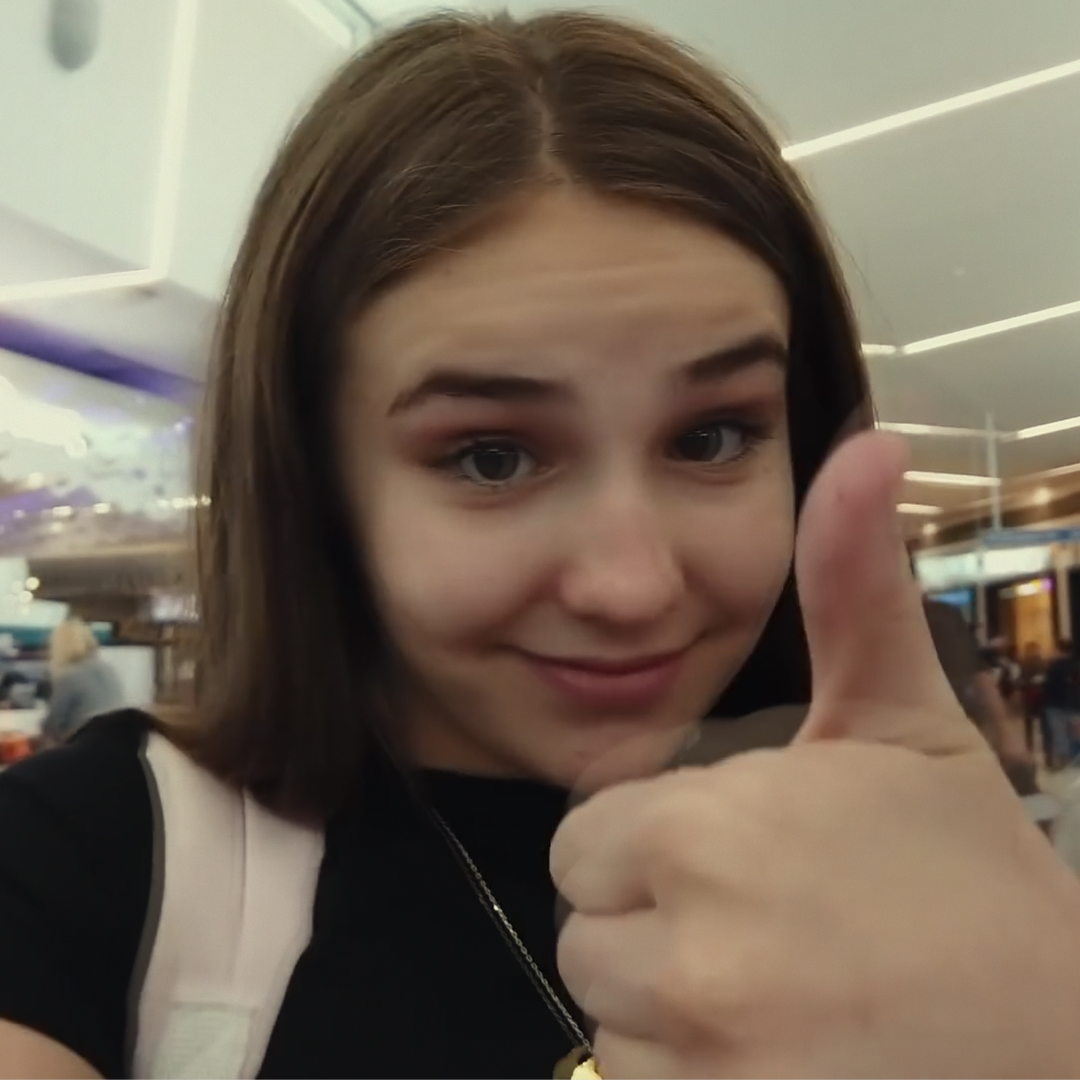 Where Is Piper Rockelle Now? What We Know About the Subject of 'Bad Influence: The Dark Side of Kidfluencing'
Where Is Piper Rockelle Now? What We Know About the Subject of 'Bad Influence: The Dark Side of Kidfluencing'The documentary examines a kidluencing empire and the lawsuit against it.
By Quinci LeGardye Published
-
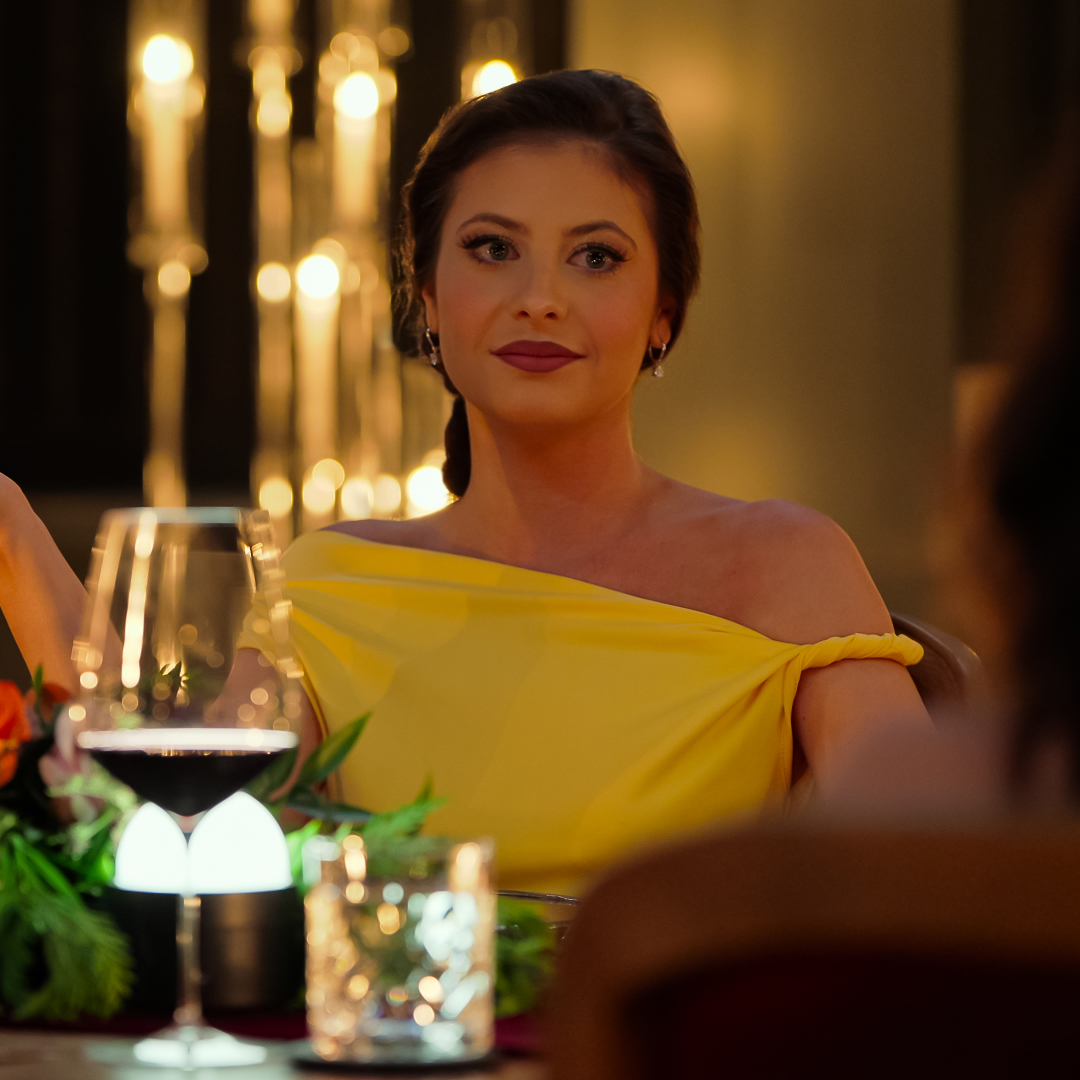 Who Won 'Million Dollar Secret?' All About Winner Cara Kies
Who Won 'Million Dollar Secret?' All About Winner Cara KiesHere's what to know about the In-N-Out line cook who took home the prize pot.
By Quinci LeGardye Published
-
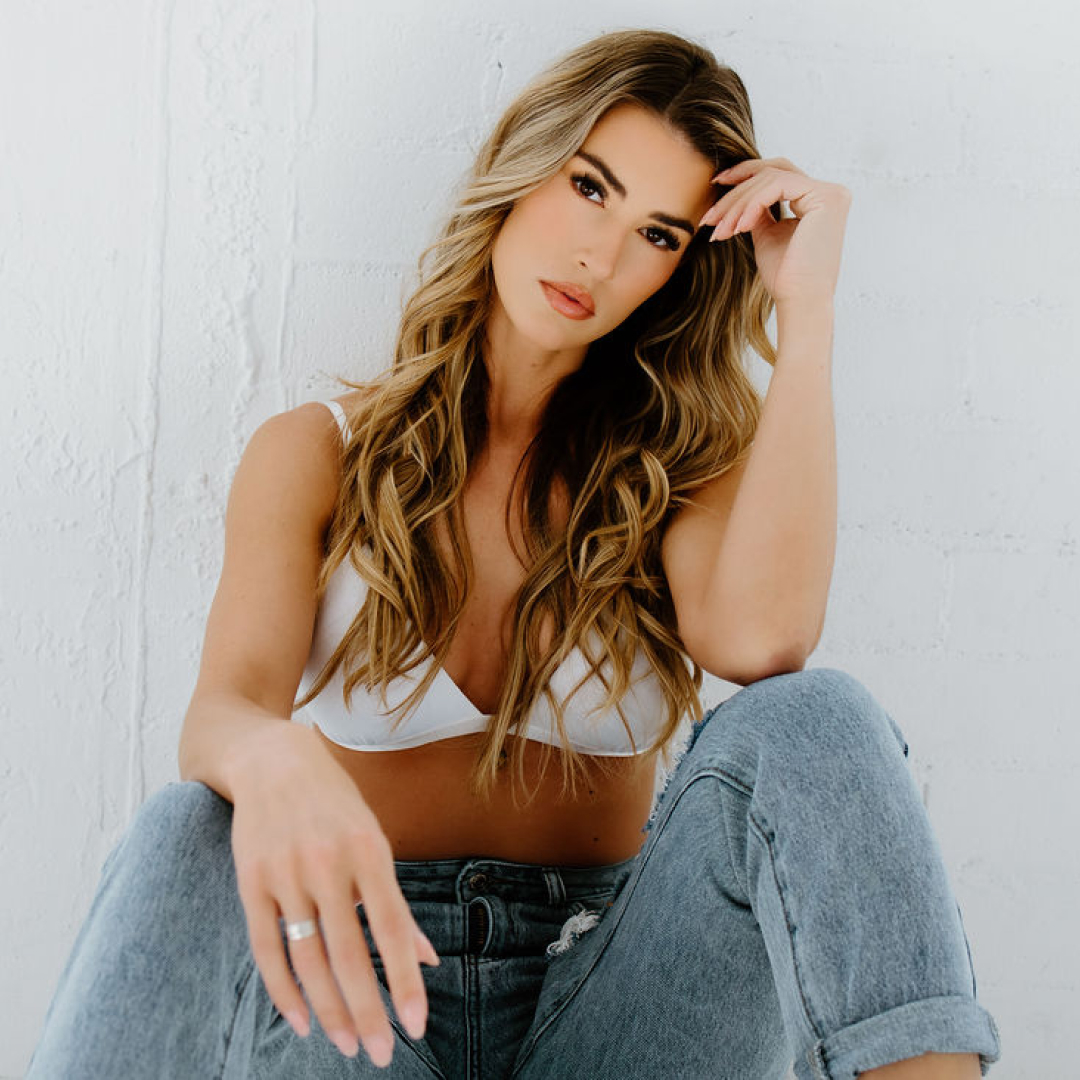 Sydnee Falkner Is More Than the 'Million Dollar Secret' Mean Girl
Sydnee Falkner Is More Than the 'Million Dollar Secret' Mean GirlThe reality star dishes on everything from her regrets and the finale to what you didn’t see on-screen in Netflix’s latest hit.
By Quinci LeGardye Published
-
 'Pulse' Season 2: Everything We Know
'Pulse' Season 2: Everything We KnowWe need to know about the future of the central will-they-won't-they STAT.
By Quinci LeGardye Published
-
 Meet the Cast of 'Pulse'
Meet the Cast of 'Pulse'We would trust the doctors at Maguire Medical Center with our lives.
By Quinci LeGardye Published
-
 Meet the Cast of 'Love on the Spectrum' Season 3
Meet the Cast of 'Love on the Spectrum' Season 3Netflix's Emmy-winning dating show returns with both fan-favorite couples and standout newcomers.
By Quinci LeGardye Published
-
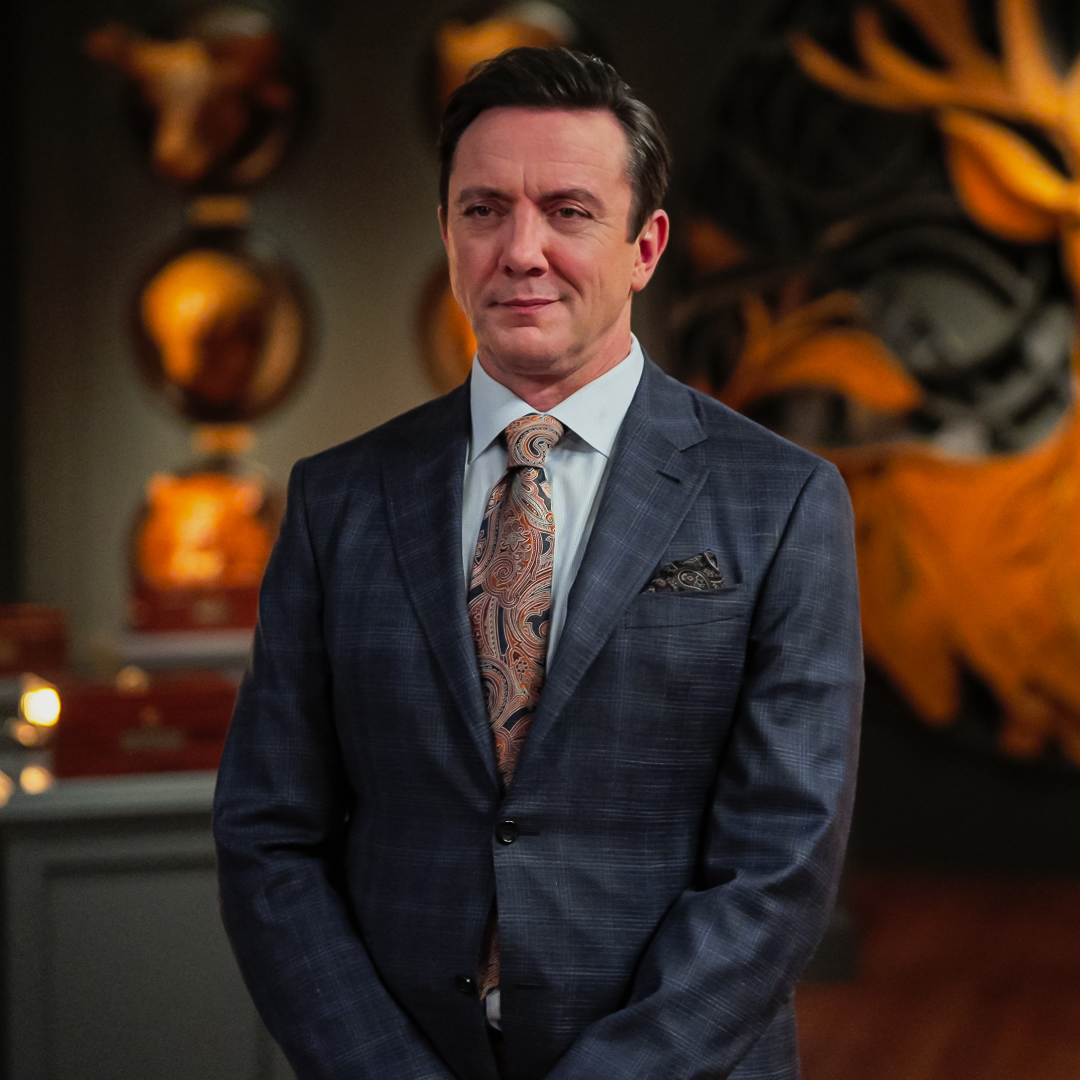 Who Is the 'Million Dollar Secret' Host? Meet Peter Serafinowicz
Who Is the 'Million Dollar Secret' Host? Meet Peter SerafinowiczIt's safe to say we're now obsessed with the British comedian keeping The Stag in order.
By Quinci LeGardye Published